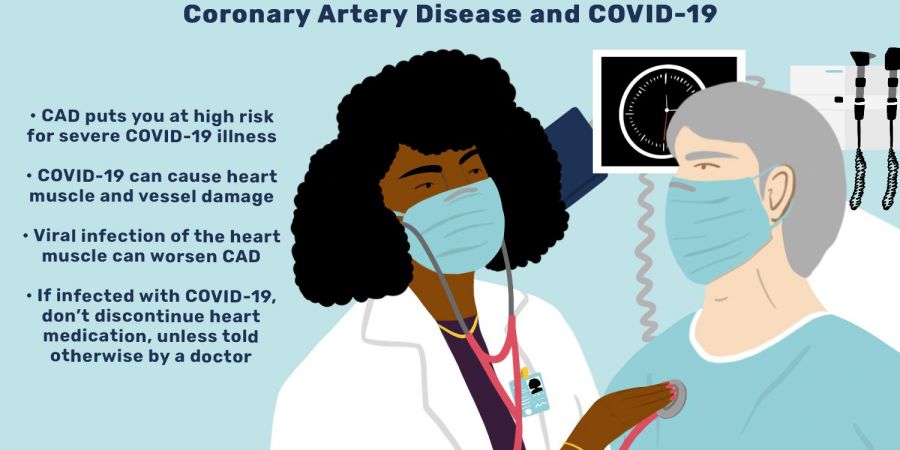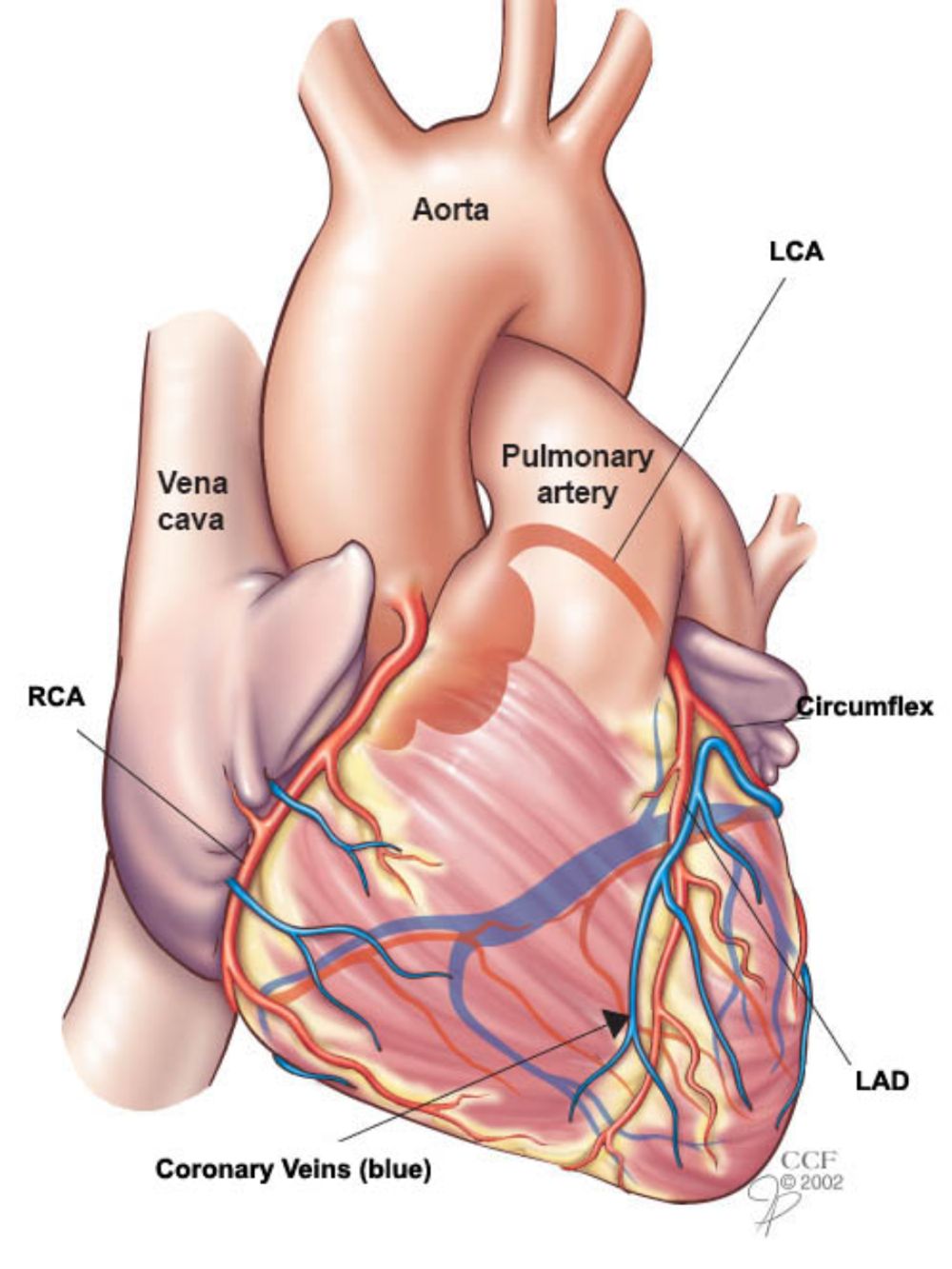

Good Morning People, so today we gonna see about CAD and its components. We should know few things about, what's going on inside our body too. And it can be helpful to your daily life. So lets begin.
CAD occurs as a result of injury or damage to the lining of the coronary arteries. This injury results in the formation of fatty plaque deposits at the site of injury. These deposits are composed of cholesterol and other cellular inflammatory substances. This buildup is called atherosclerosis. When plaque debris breaks or ruptures, platelets accumulate in the area and attempt to repair blood vessels. This cluster blocks arteries, reduces or blocks blood flow, and can cause a heart attack.

3. Symptoms:
Angina-feeling across the chest:
Other symptoms:
CAD can also cause shortness of breath. If the heart and other organs are not adequately oxygenated, any form of exercise can be very tiring and short of breath. A plaque rupture can cause shortness of breath at rest. I have.
4. Risk factors:
A 2015 study involving high levels of the amino acid homocysteine was associated with a high incidence of CAD Contains high levels of fibrinogen (a blood protein that promotes platelet aggregation to form clots) Family history of early-onset CHD (before age 55 years for male relatives and before age 65 years for female relatives) For premature postmenopausal women For men over 45.

So that's it for now.
We will see in part 2 (Prevention, Complication, Treatment and so on).
Thank you guys.😍
Please like and follow and do support😎.
